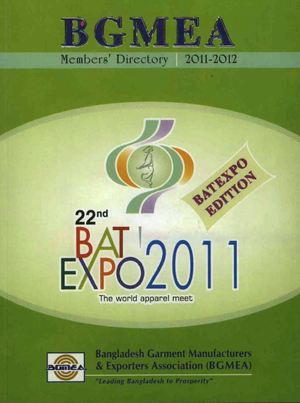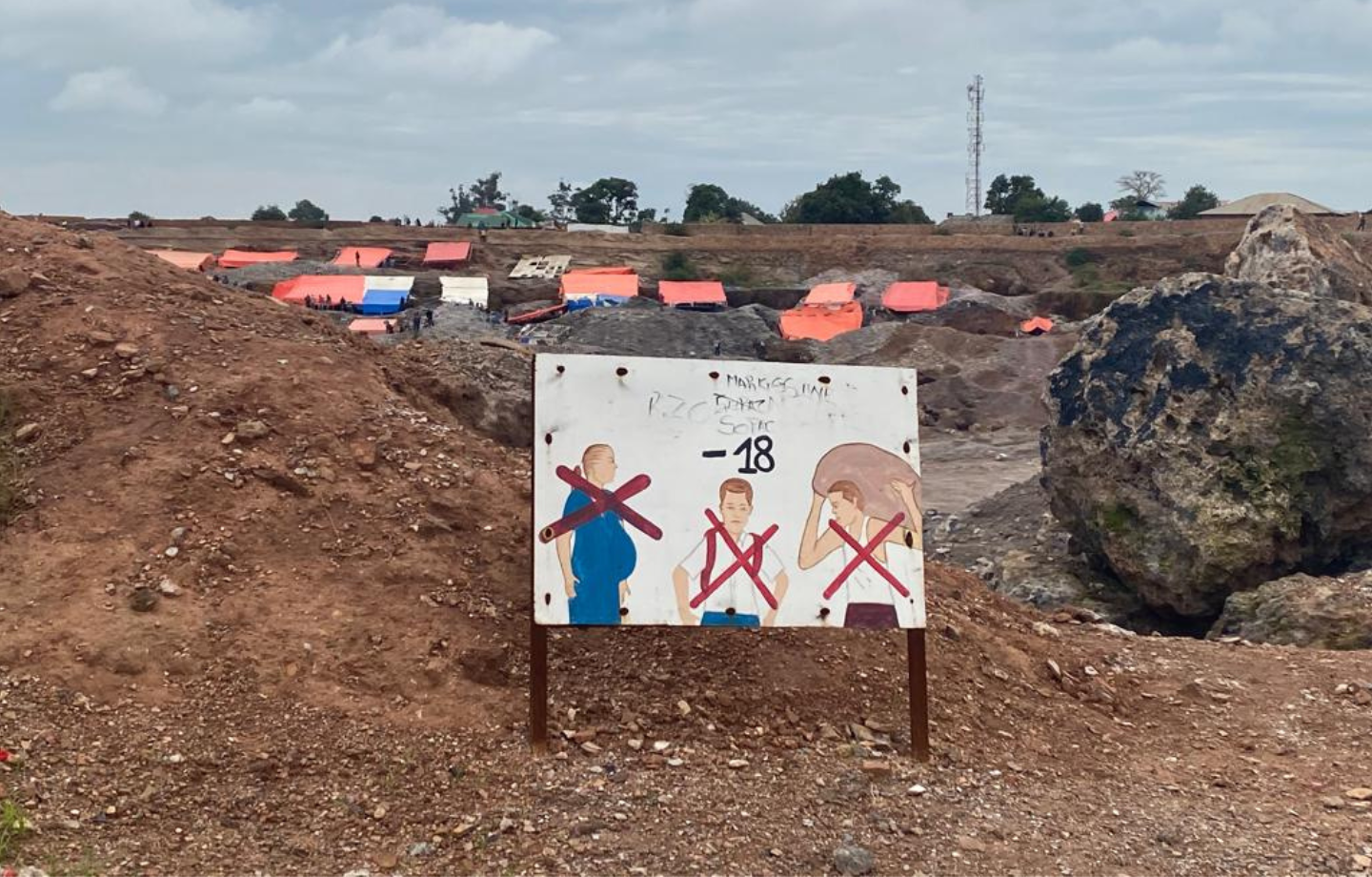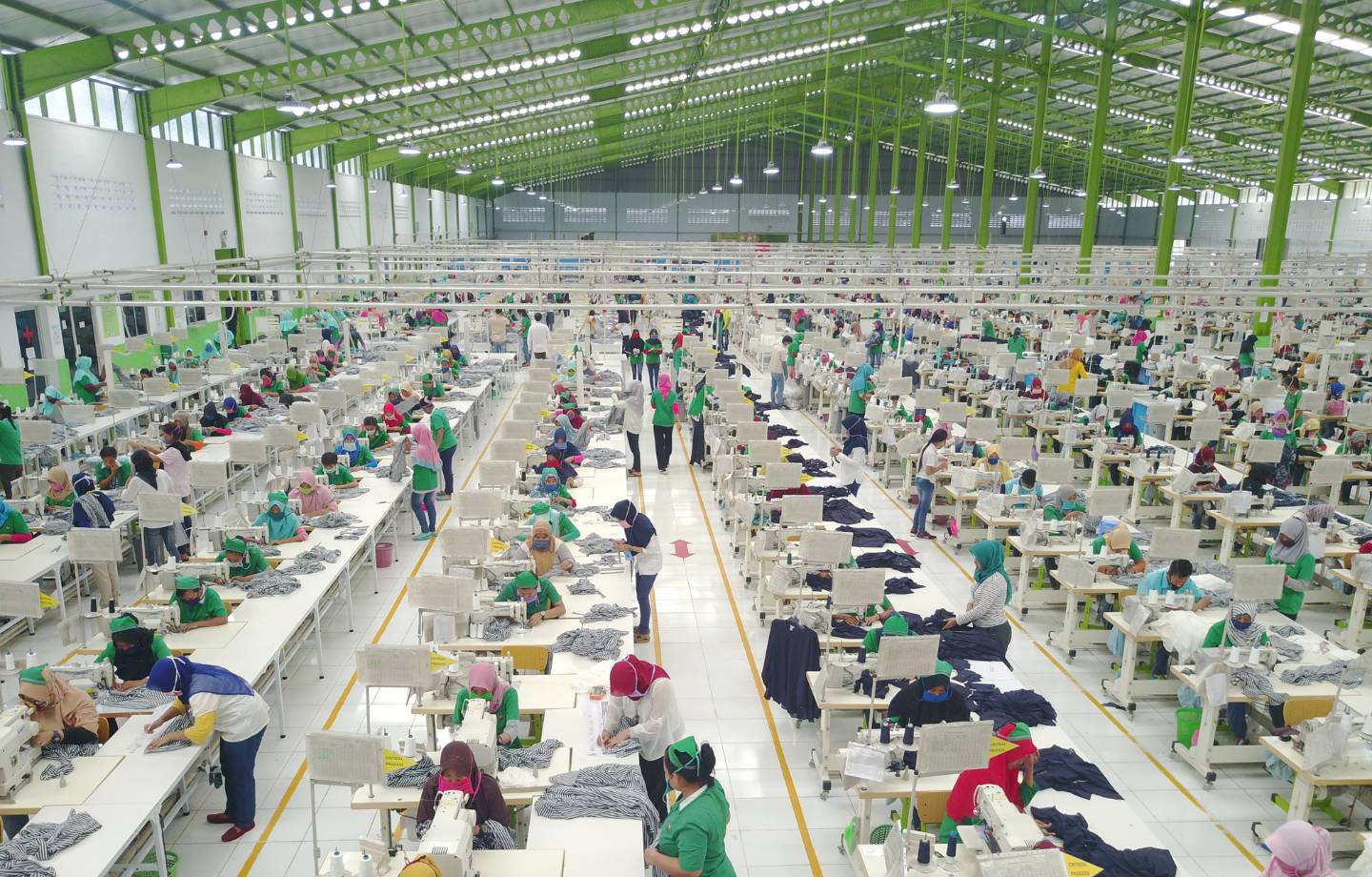New Data On the Number of Factories in Bangladesh

June 23, 2016
A quiet story has been breaking in the Bangladeshi press over the last month about the number of factories producing for the garment sector. The leading trade association, the Bangladesh Garment Manufacturers and Exporters Association (BGMEA), conducted a study that for the first time identifies the number of official subcontractors among its membership. The study reports that figure at just over a quarter of its total.
While foreign brands, the International Labour Organization, and the government of Bangladesh are very focused on inspecting direct exporting factories, there is no plan for inspecting and upgrading the subcontractors. The BGMEA’s survey is a reminder that subcontracting factories represent an important part of the production landscape. It’s also a reminder that despite the attention and energy focused on Bangladesh in the last two years, little has been done to ensure that workers in this part of the sector are protected at work.
For the last two-plus years, our Center has been focused on the question of how many garment factories are driving this important sector of Bangladesh’s economy. And more importantly, we have been looking at what plans and resources are available to ensure safe working conditions for all workers, including those in subcontracting factories. In December 2015, we published a report and a map that identified 7,000 factories, 65% more than previous estimates.
The headline of the trade association’s study, as reported in the Financial Express, is that “One-fourth of BGMEA units [are] now non-existent or closed.” The BGMEA’s message, it seems, is that there are not so many factories that need fixing.

Before we delve into the numbers to see what’s really going on, it’s important to acknowledge that more data-based study of the garment sector is an encouraging development. In our December 2015 report, we called for more research on the question of how many factories are producing for export. In the past month, in addition to the BGMEA study, BRAC University in Dhaka reported on its own study and map of the apparel sector. The BRAC study is not yet public, but a recent article notes that 80% of the factories BRAC surveyed are subcontractors. This reinforces our findings that more than half of Bangladesh’s 5 million garment workers are excluded from the brands’ safety programs under two initiatives, the Accord and the Alliance.
On to the numbers in the BGMEA study. This is a little inside baseball, so bear with me! Key takeaways:
- 28 percent of BGMEA members are official subcontractors. The Financial Express article includes this hard-to-decipher, but revealing line: “Some 1,618 factories took regular UD, while there are 872 units that are in production but not regular in taking UD from the association.”
“UD” is short for “utilization declaration,” which is the permit BGMEA and its sister association, BKMEA, that covers knitwear, issue a factory to allow it to export a particular order. If a factory gets a UD permit at any point during the year (“takes UD”), it’s on the UD list. These are the direct exporters who maintain relationships with foreign buyers, like Gap, Walmart, or H&M.
In 2015, BGMEA counted 2,100 UD factories among its members, and BKMEA reported 800-1,000 UD factories. Of these 3,000 factories, the Accord and the Alliance are inspecting about 1,900. The ILO and the government of Bangladesh are responsible for the remaining 1,100. The BGMEA study indicates that there’s been a drop-off of 482 UD factories since last year, which is a significant decline.
For more on the UD system, check out page 20 of our Beyond the Tip of the Iceberg (2015) report and pages 32 and 49 of Business as Usual is Not an Option (2014).
What does it mean that “there are 872 units that are in production but not regular in taking UD from the association”? These units are official subcontractors who subcontract with other BGMEA members to produce orders for export. They register their subcontracts with the trade associations through an “interbond transfer license.” The purpose of this license is to track duty-free imports and exports as they move among factories. There is, of course, another universe of subcontractors that exist outside of the trade associations, but that’s beyond the scope of the BGMEA study.

- There’s very high turnover in the sector. The article cites 4,296 as the total BGMEA membership prior to the survey, and notes that 1,163 of these factories don’t actually exist. However, the study doesn’t account for the addition of new factories. When we collected data from the BGMEA website [as well as the Accord, Alliance, the Department of Inspection for Factories and Establishments in Bangladesh (DIFE), and BKMEA sites] in November 2014, there were 3,498 BGMEA factories (download our data).This means that between November 2014 and today, the BGMEA also added 798 factories. This points to high turnover and the fact that across the sector, factories regularly close and open. The BGMEA study only reports on closed or inactive factories and doesn’t account for the addition of newly opened factories. The BGMEA seems to be saying that its active membership base is 3,133 factories (4,296 less 1,163 inactive factories), which represents a more modest drop of 365 factories since November 2014, or about 10 percent in a year and a half.
- Agents remain an important, but not well understood player. The article cites 5,876 as the BGMEA’s membership total for 2012-13. This seemed very high, so I checked it against my print copy of the BGMEA member guide from 2011-12 (access a scanned copy here). It includes 4,280 factories and 1,101 “buying houses” or agents, for a total of 5,381 members. My guess is that the Financial Express included agents in its 2012-13 membership figures, which is a reminder of the important role agents play in apparel production. In one of my interviews, an agent described himself as a matchmaker between buyers and factories, including assessing whether the buyer wants a compliant or noncompliant factory. Agents provide a valuable service for fashion brands by connecting them with factories in faraway places. And they help distribute production across available production lines in different factories. This increases efficiency, but it’s also one of the key reasons there’s so little transparency about where production is actually taking place.
It’s encouraging that both the BGMEA and BRAC University are conducting their own studies on the important question of how many factories there are in Bangladesh. Until we know where workers are actually employed, we can’t be sure how to protect them. Over the last year, Bangladesh’s apparel exports have continued to rise. Even if the downturn in the number of factories is more modest than the BGMEA’s data initially suggests, what explains rising production and decreasing factory numbers? It’s possible that the industry is becoming more efficient, but that’s unlikely in the absence of significant investments in infrastructure and education for workers.
All workers are entitled to rights at work, no matter if they work in a direct exporting factory or a subcontractor. Knowing where all workers are employed in the garment sector is vital to realizing their rights.
 Global Labor
Global Labor


